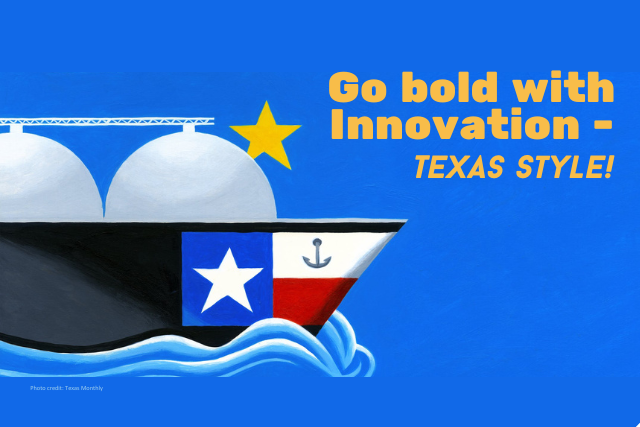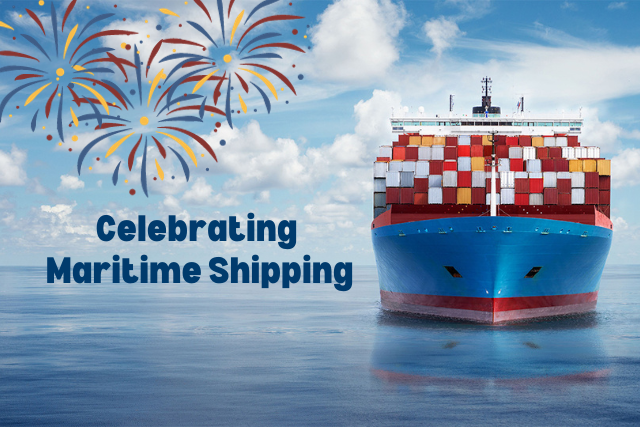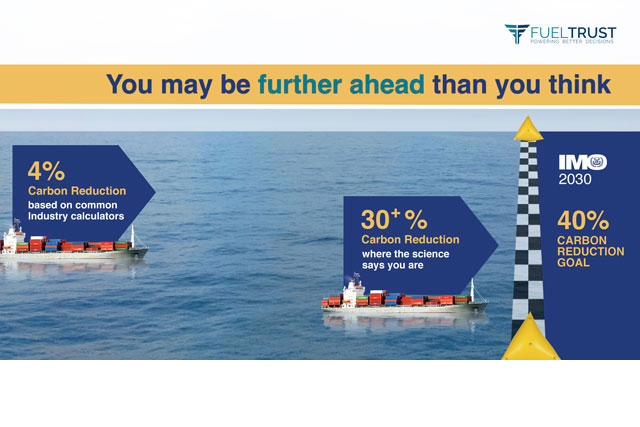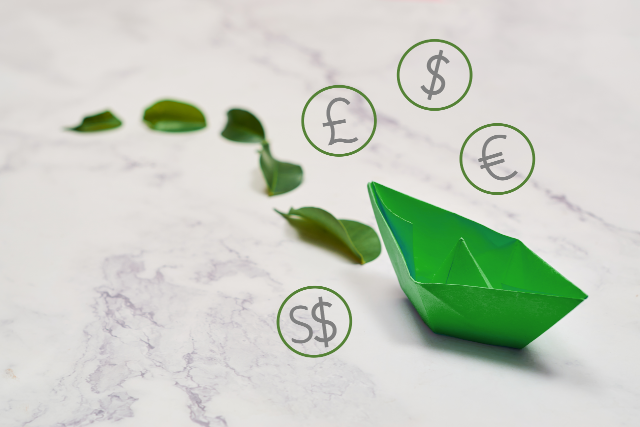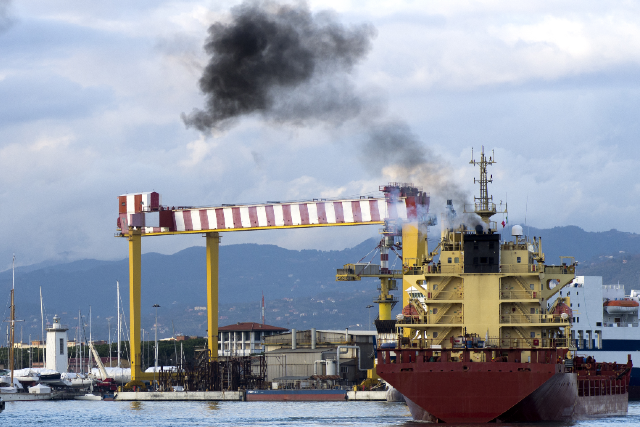During a visit to Norway a few years back, my wife’s family introduced me to a fascinating phrase that’s become part of Norwegian everyday language: “to go Texas.” Essentially, this means letting loose, going off-script, and doing something unexpectedly wild – things that might be considered outlandish elsewhere. This concept brought a smile to my face because FuelTrust’s headquarters is based in Texas – not just a state, but an energy hub for the Americas and even the world. Here, companies from all walks of life are investing heavily in innovation, spanning everything from advanced sciences to software technologies, and many are focused on finding ways to maximize the efficiency of fuel consumption in global markets.
We’re tackling this problem with a unique combination of technologies, including our patented blockchain and an AI Digital Chemist™ that helps validate, track and manage emissions. A common question we encounter is, “why is FuelTrust tackling decarbonization and efficiency the way you are?” The answer lies in our “Go Texas” attitude. We believe that to genuinely address emissions reduction, we must trace our steps back to where those emissions originate – the combustion of fuels within engines. With this principle in mind, FuelTrust has taken a bold stance; let’s not adopt a one-size-fits-all approach to decarbonization, but instead, let’s delve into the intricacies of each fuel batch as it powers individual ship engines. From there, we can shed light on the true value of selecting the right fuels and optimizing their combustion for each vessel’s unique journey, ensuring we make the most of every loaded bunker. This includes traditional fuels, biofuels and green fuels, and soon, zero-carbon fuels as well.
When it comes to assessing a ship’s Carbon Intensity Indicator (CII) or its marketability, we fully embrace the “Go Texas” spirit. Rather than settling for broad snapshots of a ship’s status, we meticulously examine its movements, emissions, and decarbonization progress on a day-to-day basis. For a ship that might have been a CII-D last year, we can demonstrate how smart decisions – beyond expensive equipment investments – contributed to transforming it into a CII-B. This includes analyzing the specific fuel batches burned, and their suppliers. It could be, for instance, that switching to a cleaner fuel and making voyage planning changes could help a vessel achieve a better band rating – without the need for any additional hardware.
And when we turn our attention to suppliers, we continue to “Go Texas.” Instead of focusing solely on branding and pricing, we dive into the finer details of the actual fuels consumed by their customers across the globe, with details on emissions, efficiency and quality. This approach enables us to provide an accurate value assessment for each supplier, creating a ripple effect that benefits their customers. We uncover the true value derived from the purchased fuels, including claims history, and explore how these transactions contribute to mutual value for both fuel buyers and suppliers, streamlining the process along the way.
So, let’s take a cue from the “Go Texas” attitude and embrace a bit of audacity. Let’s challenge the norm and prove that what seems impossible can indeed be achieved, no matter where you are in the world. After all, innovation thrives when we’re willing to break free from the ordinary and venture into uncharted territory.

